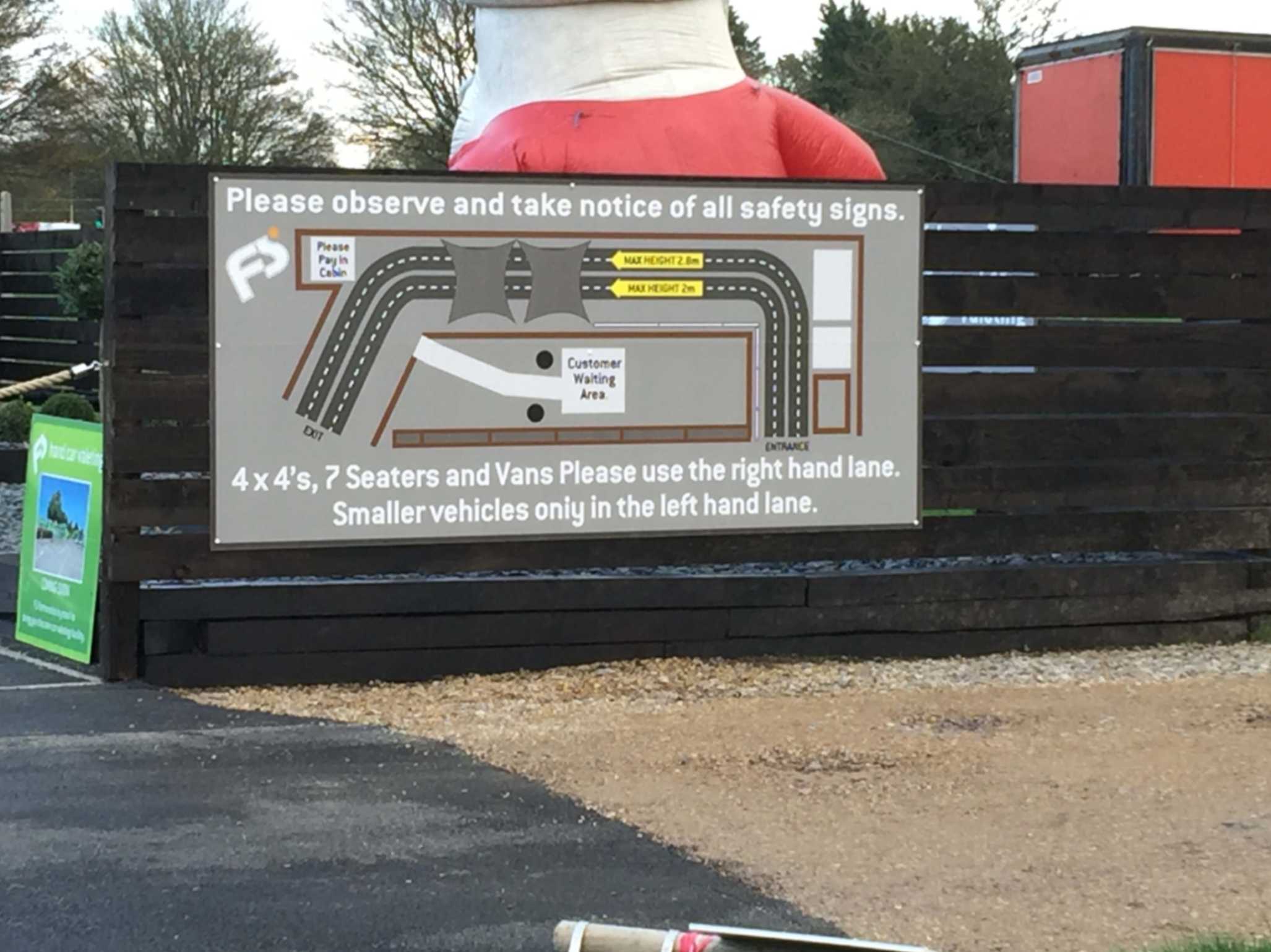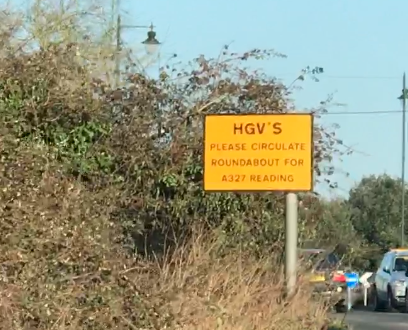Apostrophe misuse: Where does it go?
Do you know where the apostrophe goes? You should do, because apostrophe misuse can hurt your business. Get it wrong and your customers lose respect for your brand. Moreover, they may not stay loyal or continue buying your goods and services.
Look at these signs with incorrect apostrophes. The first is from a car valeting service at my local garden centre.
 The sign is pretty clear design-wise, but it has many grammatical errors that could irritate customers. One of the howlers is misusing the apostrophe in the possessive form.
The sign is pretty clear design-wise, but it has many grammatical errors that could irritate customers. One of the howlers is misusing the apostrophe in the possessive form.
Why is the apostrophe misused?
The culprit is 4×4’s at the foot of the sign. The sign-writer used the apostrophe as a possessive (the 4×4 belongs to something or someone). This form would have been correct had they said: ‘A 4×4’s owner should move into the right-hand lane’. Instead, they meant more than one 4×4 should use the right lane. Therefore, the plural is 4x4s (no apostrophe).
Here’s another example of apostrophe misuse. The sign-writer wanted to tell HGVs (plural) to circulate the approaching roundabout. Using capitals may have caused the apostrophe confusion. Although HGVS (all capitals) would have been correct, using a lowercase S would clarify the meaning: HGVs PLEASE CIRCULATE ROUNDABOUT FOR A327 READING

Using an apostrophe in years
Another common mistake is to add an apostrophe in the year as if it’s possessive. It’s incorrect to say that I was born in the 1960’s. I was born in the 1960s. However, adding an apostrophe before the shortened form, the ’60s, is correct because it shows that you omitted a number (19).
Contractions and apostrophes
A contraction is a shortened phrase that adds an apostrophe to show that a letter (or more than one) is missing. It’s helpful when writing in an informal style that suits your products, services and audience. An example of a contraction is don’t (short for do not). Others include aren’t (are not), she’d (she would), and they’re (they are). You need an apostrophe to show that something is missing.
This page from the online Cambridge Dictionary gives more examples of British contractions.
So what?
You may be wondering, what’s all the fuss about apostrophe misuse? However, companies risk hurting their business in many ways by using them incorrectly.
- Customers hesitate and move on – failing to communicate is particularly dangerous on the web, where you have seconds to grab customers’ attention
- Reputational damage – if you’re not bothered about getting your signs written correctly and proofread, will you be just as uncaring over customer service?
- Poor image – customers must take a business seriously to consider buying from it. Turning your marketing communications into an example of bad grammar on social media or Facebook groups like The Apostrophe Police will not achieve this!
A missed apostrophe or a poorly placed one may not decimate a firm, but it will certainly hurt it.
It’s not as if it’s a hard grammatical rule to remember. As Guardian Style Guide puts it: ‘Apostrophes are used to indicate a missing letter or letters (can’t, we’d) or a possessive (David’s book). Don’t let anyone tell you that apostrophes don’t matter.’




